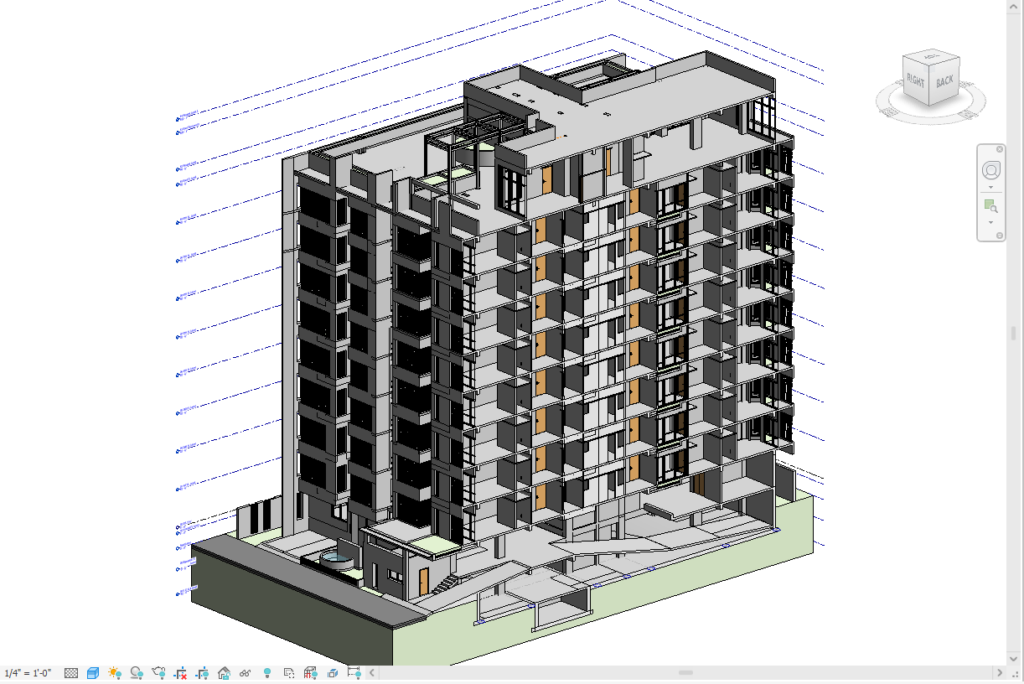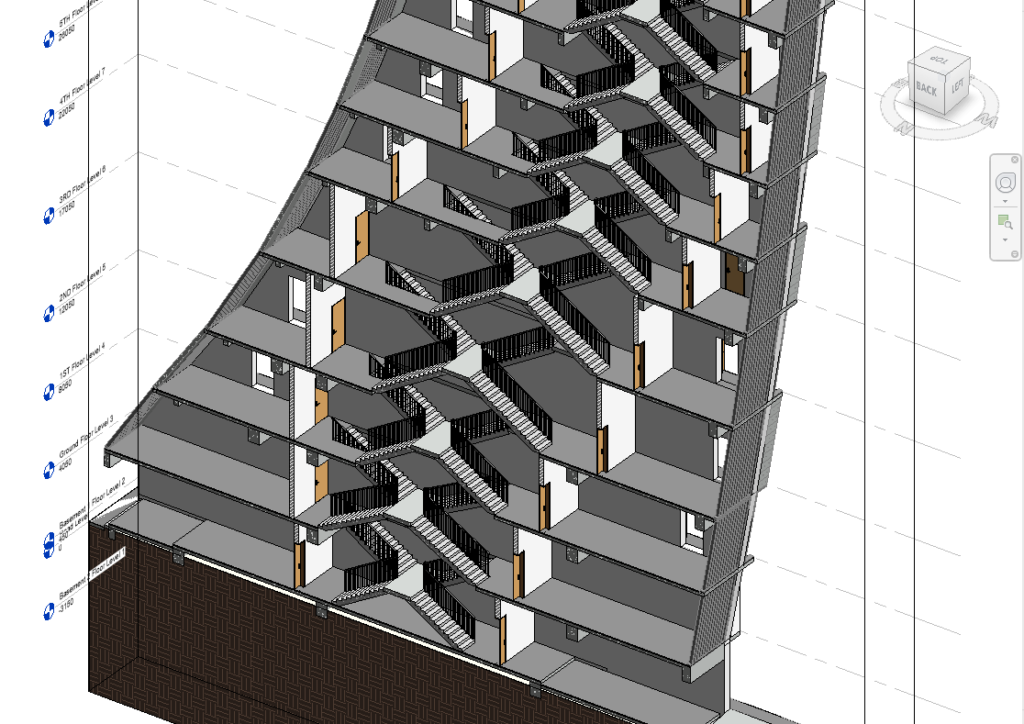“Implement BIM successfully with our best practices guide. Learn how to optimize your Building Information Modeling (BIM) workflow for efficient and effective projects.”

Introduction
Building Information Modeling (BIM) has revolutionized the architectural, engineering, and construction industries. Implementing BIM effectively requires careful planning and adherence to best practices. In this article, we’ll explore key strategies for successful BIM implementation to ensure efficient and effective projects.
1. Define Clear Objectives
Establish clear objectives for your BIM implementation. Determine what you aim to achieve, such as improved collaboration, enhanced project coordination, or better data management.
2. Develop a BIM Execution Plan
A BIM Execution Plan (BEP) outlines the processes, standards, and responsibilities for your BIM project. Develop a detailed BEP to guide your team and ensure consistent practices.
3. Invest in Training and Development
Invest in training and development for your team to ensure they have the necessary skills to use BIM tools effectively. Regular training sessions and workshops keep your team up-to-date with the latest practices.
4. Standardize BIM Protocols
Standardize BIM protocols and procedures across your organization. Establish naming conventions, file structures, and documentation standards to maintain consistency.
5. Utilize Collaboration Tools
Leverage collaboration tools like BIM 360 or Revit Cloud Worksharing to facilitate real-time collaboration and data sharing among team members.
6. Implement Quality Control Measures
Implement quality control measures to ensure the accuracy and reliability of your BIM models. Regular audits and reviews help identify and resolve issues early.
7. Integrate with Other Systems
Integrate BIM with other systems, such as project management software and facility management tools, to streamline workflows and improve data exchange.
8. Focus on Data Management
Effective data management is crucial for successful BIM implementation. Establish protocols for data storage, backup, and retrieval to ensure data integrity.
9. Engage Stakeholders
Engage all stakeholders, including clients, contractors, and consultants, in the BIM process. Regular communication and collaboration ensure that everyone is aligned and informed.
10. Continuously Improve
Continuously evaluate and improve your BIM processes. Gather feedback from team members and stakeholders to identify areas for improvement and implement necessary changes.
Conclusion
Successful BIM implementation requires careful planning, standardization, and continuous improvement. By defining clear objectives, developing a BIM Execution Plan, investing in training, and leveraging collaboration tools, you can optimize your BIM workflow and achieve efficient and effective projects.


